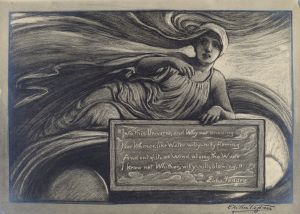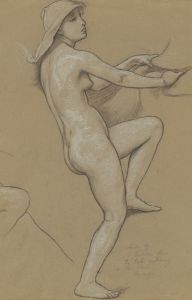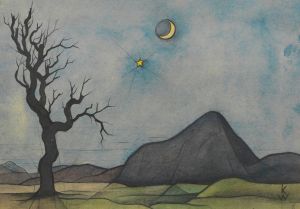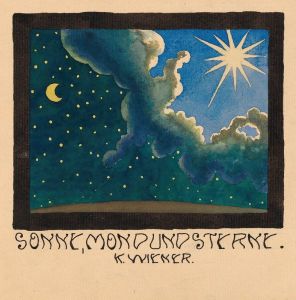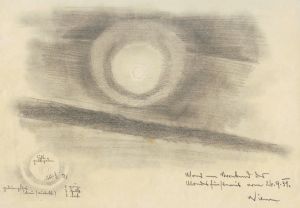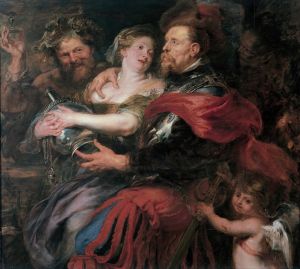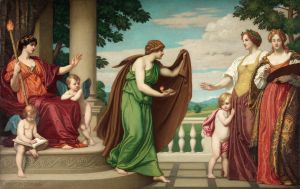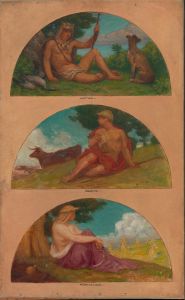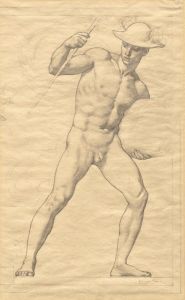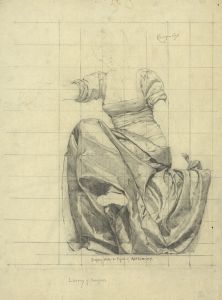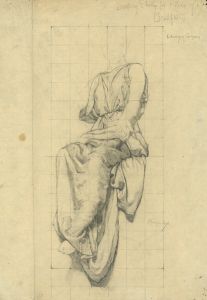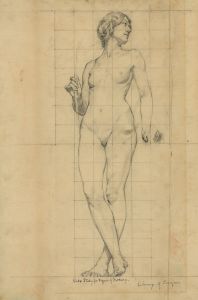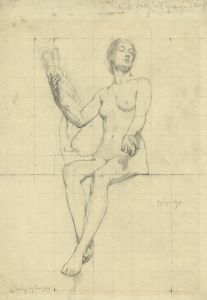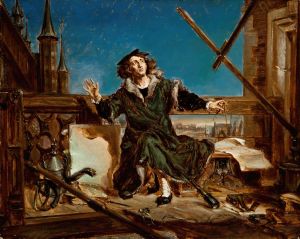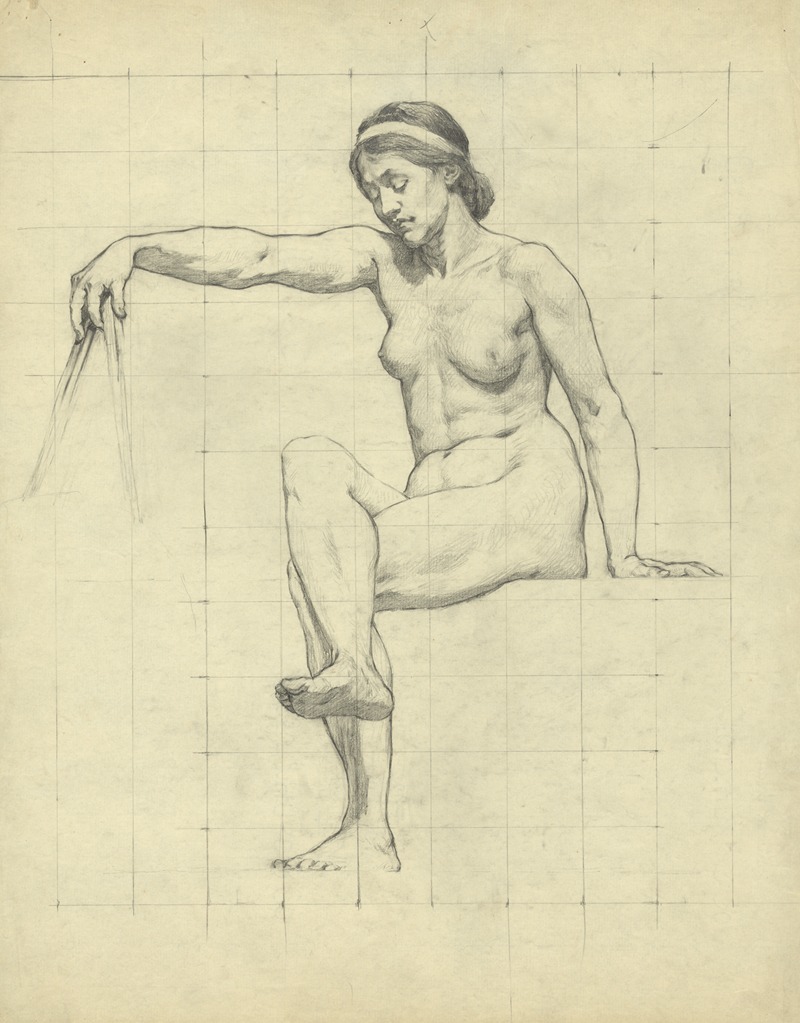
Astronomy
A hand-painted replica of Kenyon Cox’s masterpiece Astronomy, meticulously crafted by professional artists to capture the true essence of the original. Each piece is created with museum-quality canvas and rare mineral pigments, carefully painted by experienced artists with delicate brushstrokes and rich, layered colors to perfectly recreate the texture of the original artwork. Unlike machine-printed reproductions, this hand-painted version brings the painting to life, infused with the artist’s emotions and skill in every stroke. Whether for personal collection or home decoration, it instantly elevates the artistic atmosphere of any space.
Kenyon Cox was an American painter, illustrator, and writer, known for his murals and academic style. One of his notable works is the mural "Astronomy," which is part of a series of murals created for the Library of Congress in Washington, D.C. This series was commissioned in the late 19th century as part of the library's construction and decoration, which aimed to celebrate human knowledge and achievement across various disciplines.
The "Astronomy" mural is located in the Jefferson Building of the Library of Congress, which opened in 1897. This building is renowned for its Beaux-Arts architecture and elaborate interior decorations, featuring works by many prominent artists of the time. Kenyon Cox was among these artists, contributing to the library's rich artistic heritage.
Cox's "Astronomy" mural is part of the larger thematic program of the library, which includes various murals and sculptures that represent different fields of knowledge. The mural itself is an allegorical representation of the science of astronomy. In line with the academic style of the period, Cox's work often included allegorical figures that personified abstract concepts. This approach was typical of the murals commissioned for public buildings during this era, reflecting the cultural and intellectual aspirations of the United States at the turn of the century.
The "Astronomy" mural features classical imagery, which was a hallmark of Cox's style. He was known for his adherence to classical ideals and his skill in depicting the human form. This is evident in the mural's composition, which likely includes figures that symbolize celestial bodies or the study of the stars, although specific details about the figures and their arrangement in the mural are not widely documented.
Kenyon Cox's contribution to the Library of Congress is significant not only for its artistic merit but also for its role in the broader context of American art history. His work in the library is part of a larger movement that sought to establish a national cultural identity through art and architecture. The murals in the Library of Congress, including "Astronomy," are considered important examples of American mural painting from this period.
Cox's work in the Library of Congress reflects his belief in the educational and moral power of art. He was an advocate for the role of art in public spaces, believing that it could inspire and educate the public. His murals, including "Astronomy," were intended to be both beautiful and instructive, embodying the ideals of the time.
Overall, Kenyon Cox's "Astronomy" mural is a testament to the artist's skill and the cultural values of the era in which it was created. It remains an integral part of the Library of Congress's artistic and historical legacy, contributing to the institution's mission to preserve and promote knowledge.





